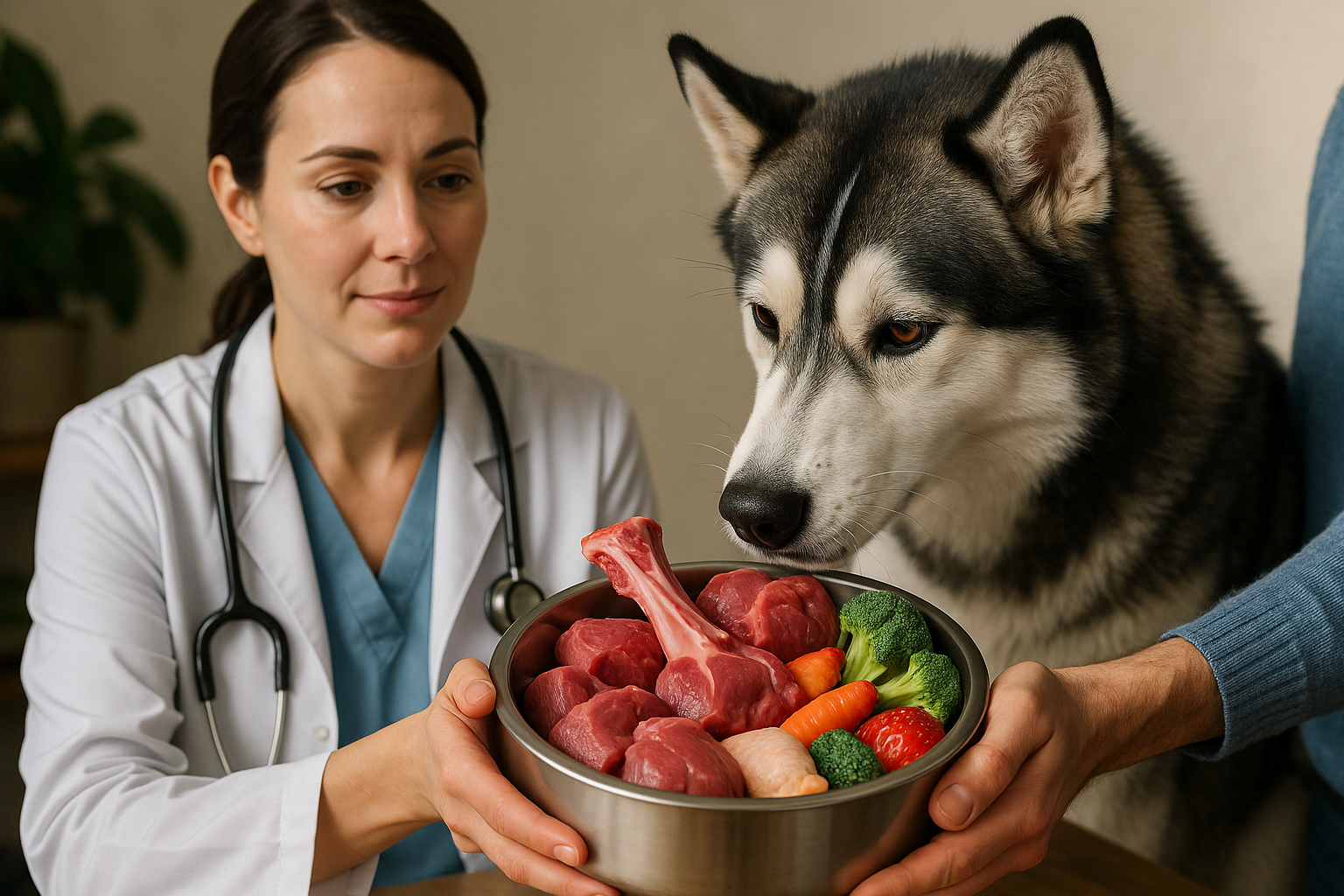The Importance of Choosing the Right Dog Food: A Comprehensive Guide
Choosing the right dog food is crucial for your pet’s overall health. Some brands offer high-quality, nutritious ingredients, while others may contain fillers or additives. Learning about the best and worst options can help you make more informed decisions about your dog’s diet.

What should you look for in healthy dog food?
When evaluating dog food options, several crucial factors come into play. First and foremost, high-quality protein sources should top the ingredient list. Look for whole meats like chicken, beef, or fish, rather than meat by-products or meal. Whole grains, such as brown rice or oatmeal, can provide essential carbohydrates and fiber. Avoid foods with artificial preservatives, colors, or flavors, as these can potentially harm your dog’s health over time.
Another vital aspect to consider is the presence of essential nutrients. A balanced dog food should contain appropriate levels of vitamins, minerals, and fatty acids. Omega-3 and omega-6 fatty acids, for example, contribute to a healthy coat and skin. Additionally, the food should be appropriate for your dog’s life stage (puppy, adult, or senior) and activity level.
Which dog food brands are best for all breeds?
While individual dietary needs may vary, some dog food brands consistently receive high marks for their quality ingredients and nutritional value across various breeds. One such brand is Orijen, known for its high protein content and use of fresh, regional ingredients. Another top contender is Acana, which offers a range of formulas tailored to different life stages and breed sizes.
For those seeking a more budget-friendly option without compromising on quality, Taste of the Wild is often recommended. This brand offers grain-free options with novel protein sources like bison and venison. Blue Buffalo is another popular choice, known for its “Life Source Bits” – a blend of antioxidants, vitamins, and minerals designed to support immune health.
What dog foods do vets recommend and which do they avoid?
Veterinarians often recommend foods that meet the nutritional standards set by the Association of American Feed Control Officials (AAFCO). Brands like Hill’s Science Diet, Royal Canin, and Purina Pro Plan frequently top the list of vet-recommended foods. These brands invest heavily in research and development, ensuring their formulas are backed by scientific evidence.
On the flip side, vets generally advise against foods with low-quality ingredients, excessive fillers, or those that make unsubstantiated health claims. Generic or store-brand dog foods often fall into this category, as they may prioritize cost-cutting over nutritional value. Foods with artificial preservatives like BHA, BHT, and ethoxyquin are also typically discouraged.
How do different dog food types compare?
When choosing dog food, it’s essential to understand the differences between various types and how they compare in terms of nutritional value and cost. Here’s a comparison of some popular dog food types:
| Food Type | Nutritional Value | Cost Estimation | Key Features |
|---|---|---|---|
| Dry Kibble | Moderate to High | $1 - $3 per pound | Convenient, long shelf life |
| Wet/Canned | High | $2 - $5 per pound | Higher moisture content, appealing taste |
| Raw | Very High | $4 - $8 per pound | Mimics natural diet, requires careful handling |
| Fresh/Refrigerated | High | $5 - $10 per pound | Minimally processed, often customizable |
Prices, rates, or cost estimates mentioned in this article are based on the latest available information but may change over time. Independent research is advised before making financial decisions.
What are the benefits of grain-free dog food?
Grain-free dog food has gained popularity in recent years, with proponents claiming various benefits. These foods often replace grains with alternative carbohydrate sources like sweet potatoes or legumes. Some pet owners report improvements in their dogs’ coat quality, energy levels, and digestive health after switching to grain-free diets.
However, it’s important to note that grain-free diets are not necessarily better for all dogs. In fact, recent studies have suggested a potential link between grain-free diets and dilated cardiomyopathy in some breeds. As with any dietary change, it’s crucial to consult with your veterinarian before switching to a grain-free option.
How often should you change your dog’s food?
While consistency is generally beneficial for a dog’s digestive system, there may be reasons to change their food over time. Factors such as age, health conditions, or changes in activity level might necessitate a switch. When transitioning to new food, it’s essential to do so gradually over 7-10 days to avoid digestive upset.
Some pet owners opt for a rotational diet, periodically changing their dog’s food to provide variety and a broader range of nutrients. If you choose this approach, ensure all foods in the rotation are of high quality and appropriate for your dog’s needs.
In conclusion, choosing the right dog food is a crucial aspect of responsible pet ownership. By focusing on high-quality ingredients, understanding your dog’s specific needs, and consulting with your veterinarian, you can make informed decisions about your furry friend’s diet. Remember that what works best for one dog may not be ideal for another, so be prepared to adjust based on your pet’s individual response and health status.




